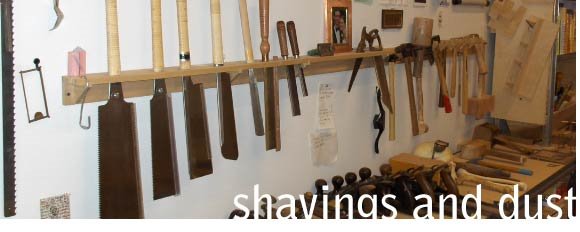one
of my first memories is of my father using a handsaw to cut a piece of wood for
a project he was working on. I asked him
to make me something to play with, and he said “I just made you that big pile
of sawdust!” I don’t recall what my
reaction to that was, it is one of those memories that I can see only through a
haze, that fades in like they do in the movies, with the sound of the saw
cutting and that fades out again just as it comes in to focus.
When
I was young my father made a lot of things.
My mother, too. Looking back I
realize now what a gift it was to have making be a part of my everyday life,
and what a gift it continues to be.
When
I was young I thought my father knew pretty much everything. He knew how to make bookshelves, yes, but he
also made me sand boxes and tree houses.
When I was about 5 he made me a plywood rocket ship with two seats in
it. It was spray painted silver and the
controls in the front seat were made from milk-bottle caps and baby-food
lids. He made things for us to sit on,
he made the table we ate at, he made the bed I slept in. He did this because my parents did not have a
lot of money for that kind of thing, yes, but he also did it because he and my
mom loved to make things. She did a lot
of sanding and painting on a lot of the projects, but she also stitched
curtains and baked and threw pots. As I
got older I helped a little here and there, a living example of what Shel
Silverstein meant when he wrote “some kinds of help are the kinds of help we
all can do without.”
These
days when my family visits me we do it around a home improvement project. It gives us all a common goal, something to
work towards, and it gives us a focus for conversation, for planning out the
days, for staying busy. None of us are
“sitting in the sun on the beach for a week” types. I have noticed that my view of the landscape
has shifted though; now when we work together my parents look to me for
guidance. At this point I have more training
in furniture making and woodworking than my father, and I have different
expectations about level of finish and about methods and materials than he
does.
Over
the holiday weekend my mother and father were both staying with us and we
started work on renovating our porch. My
role these days is to plan the work for each day and to divide the work into
tasks. Some of how I do this I learned
from my parents when I was younger, other parts I have learned over the last
couple of decades of working with and for people on large projects. The design of the finished project is in my
head the whole time of course, and the methods for getting there also tend to
be mine. My parents have ideas about all
of that, and there are discussions in which they bring to bear their
considerable experience, but in general I am the in-charge person, the project
foreman.
In
addition, I now also have a small child running around who is playing in the
sawdust and taking my hammer when I am not looking. He does this not because he thinks the hammer
is a toy, he simply knows we are using hammers and wants to work along side of
us. I am responsible not only for the
project at hand, but also for his safety and his training just like my parents
were when I occupied his role.
This
weekend I lived in three times at once.
I was keenly aware of how recently I was the small child running around,
getting in the way as I “helped.” I was
also the elder, watching with pride as my child led the way and swung a hammer
with precision right alongside me. And
in the middle I was me. Just me still,
the one who was trying to keep tabs on everyone else, who was working out in my
head what all of the steps might be, and who was trying to find the way ahead
with all of the support that was around me.
I
am used to the idea that “time is an enormous, long river” as Utah Phillips
reminds us. I like the idea and I try to
celebrate it with the things I make and the way I make them. To be so viscerally
reminded about my place as a person standing in that river was both poignant
and lovely.



